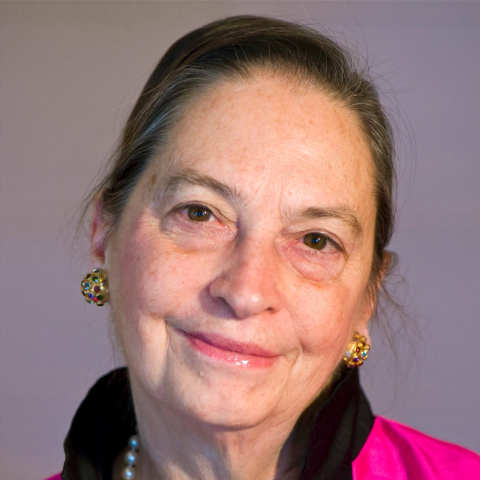President Obama and his rival, Governor Romney, are crisscrossing the country, looking for votes and gamely eating anything that passes for local fare: corn dogs, spun sugar, pizza on a stick, deep fried cookie dough and countless versions of barbecued ribs. Both men liked being photographed in diners with what passes for "ordinary folk", as teams of security agents look on suspiciously and flunkies leap forward to pay the check that the candidates sometimes overlook. Staffers lag behind to brief reporters on what the candidates said or to unsay what they did say, and to wipe catsup off their candidate's shirts.
Not so for Winston Churchill, who campaigned in a calmer, less frantic manner, one less likely to do damage to his digestive system than the fried foods and sweets candidates here feel compelled to sample at every stop. After the war, in June and July 1945, Churchill campaigned for re-election throughout Britain in a large chauffeured Humber no Greyhound bus for him, screaming his name along the sides. No open mikes, just the occasional bull horn. No 24-hour TV news cameras, just the then-Prime Minister standing on top of a car speaking to a group of people and then being driven onto the next village.
And certainly no debates between the two candidates as we have seen between Obama and Romney. Churchill's wartime cabinet was a coalition. Clement Attlee, his Labour opponent, had been his Deputy Prime Minister and the two men had worked closely together during the war. Peace brought the end of the coalition and a return to normal, pre-war politics, leaving the Labour Party free to campaign against Churchill's conservatives. The closest analogy would be a decision by Joe Biden to take on Barack Obama, or Hilary deciding to run against Obama in the primary after having worked so closely with him.
No Obama/Romney style open-neck shirts and rolled up sleeves for Churchill, no pretending to be your average guy, "the man on the Clapham omnibus" as the Brits would put it. In the 1945 campaign Churchill wore a three-piece pin-striped suit, the vest adorned with gold watch and chain, the jacket with a pocket handkerchief, and a bow tie, the entire ensemble topped with a dark grey homburg. His highly-polished leather zippered slip-on shoes did not reflected a touch of casualness; he simply liked the comfort.
No entourage for Churchill, or teams of security men, aides and reporters. In a photo in my book "Dinner with Churchill: Policy-Making at the Dinner Table," Churchill is pictured perched on a rock by the side of the road, his homburg still firmly in place, munching a sandwich while taking a short break from campaigning. Churchill always insisted on mustard with his ham sandwiches. He was not appeased by the caviar and champagne his Kremlin host, Stalin, had ordered prepared for his flight home after Churchill's meeting Moscow in 1942, when to his horror he discovered that no mustard had been loaded on his plane. He said "No gentlemen eats ham sandwiches without mustard." So we have to imagine the mustard pot was on hand during this campaign stop.
His daughter, Sarah, can be seen handing him a thermos cup of tea (or it might have been a weak whiskey and soda) from a picnic basket on the back of a car. Just the two of them by the side of a road.

Only one thing missing from this photo: Churchill's trademark iconic cigar. But then even he could not manage to puff away while munching a sandwich, perched precariously on a roadside rock.
How campaigning has changed.















